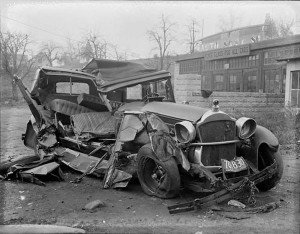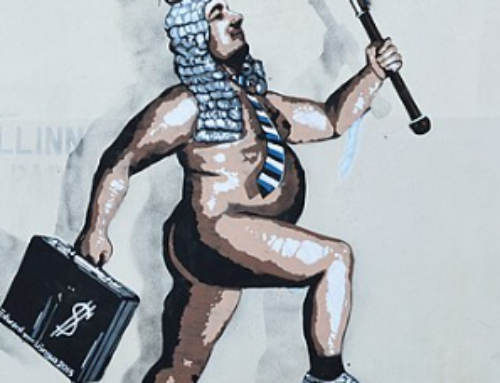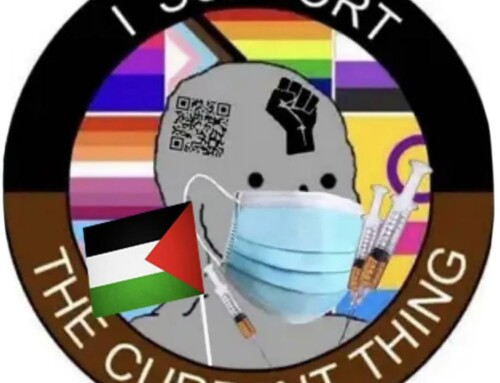Well, the auto industry bailout ended exactly as expected…total debacle. Remember how bailing out GM was an “investment”? Of course though, everyone realizes now that the bailout was simply a way to bailout the auto unions, and not to actually make GM more solvent.
So here we are, several years later…and what do we get? A GM buyback of its stock from the federal government (that’s us), which turned out to be a really, REALLY poor return on investment. In fact, you’ve “lost your shirt” in the deal. This is the inevitable conclusion from government interference in what should have been a normally-managed bankruptcy process.
Read the details below, if your sanity can take it.
Well, now that the election is over and the Treasury Department is freed of political considerations, it plans to sell its 500 million shares of stock over the next 12 to 15 months and ease its way out of the company. GM will buy around 200 million shares at $27.50 per share by the end of the year. GM’s buy brings taxpayers back to around $5.5 billion of the $27 billion the company still owes. The special inspector general for TARP estimated in October that the Treasury would need to sell the remaining 500 million shares at $53.98 per share just to break even on its investment.
Once GM buys its 200 million shares, the taxpayer stake in the company will drop to 19 percent, but the price to break even on the remaining 300 million shares will be around $70 per — or, in other words, probably never. As of this writing, GM shares are trading at around $27 per share. That, in the Obama era, is considered a successful transaction between the state and private industry. So successful that you’ll also remember that during the campaign, Obama maintained that “what we did with the auto industry, we can do in manufacturing across America.”







